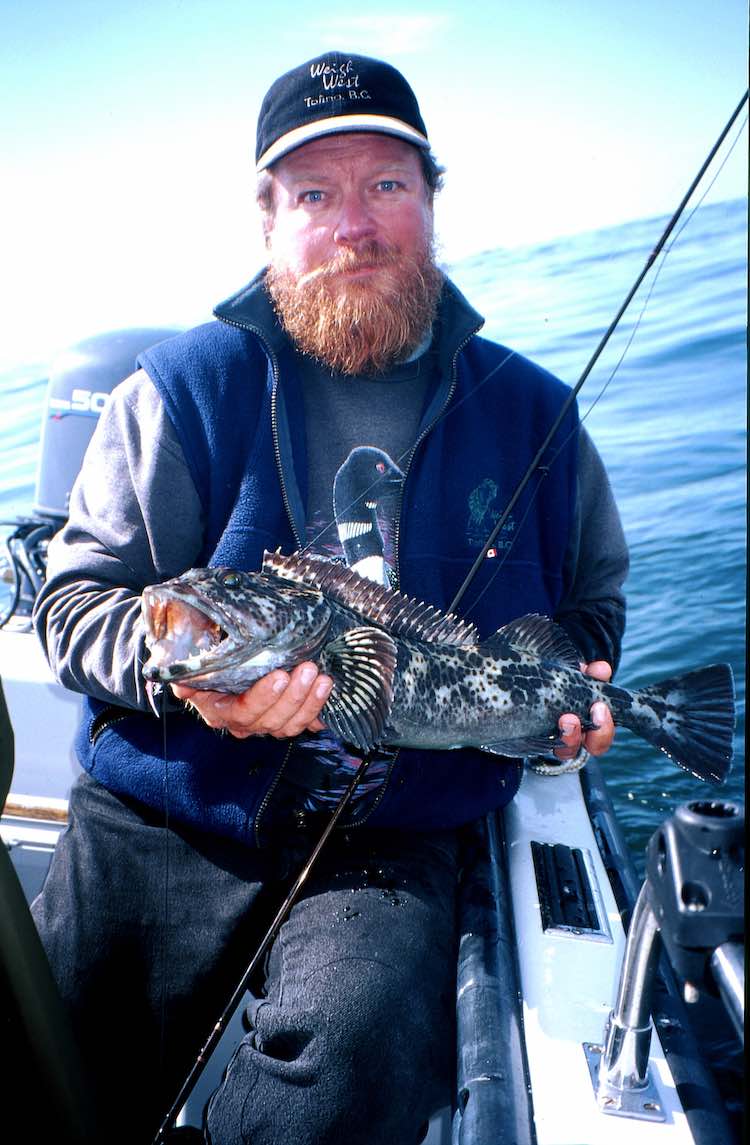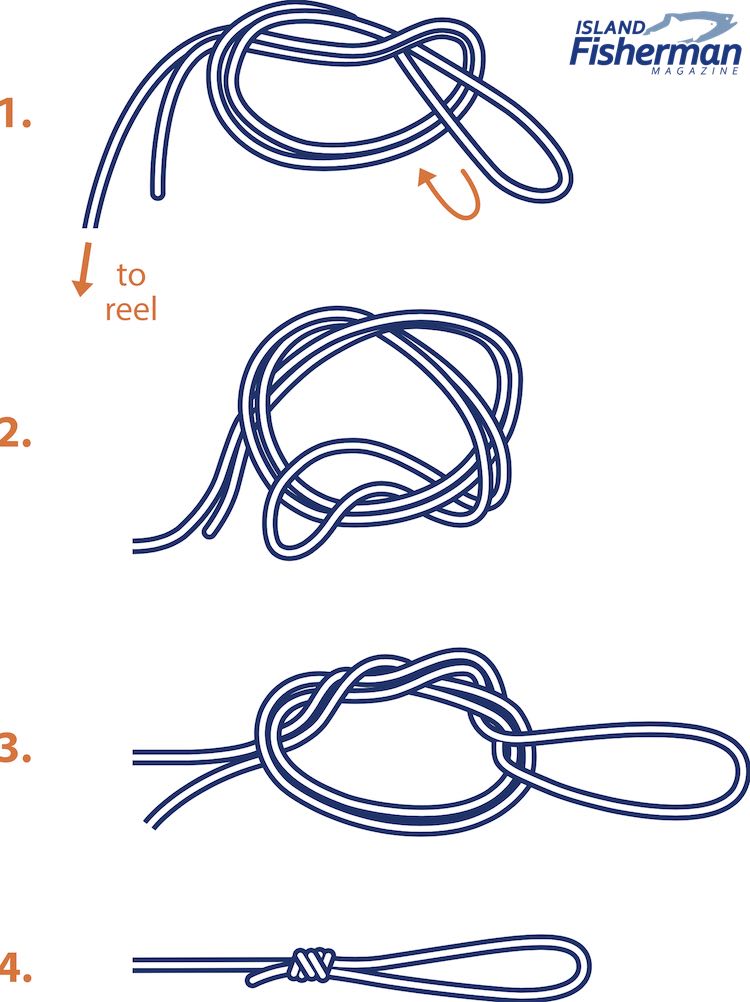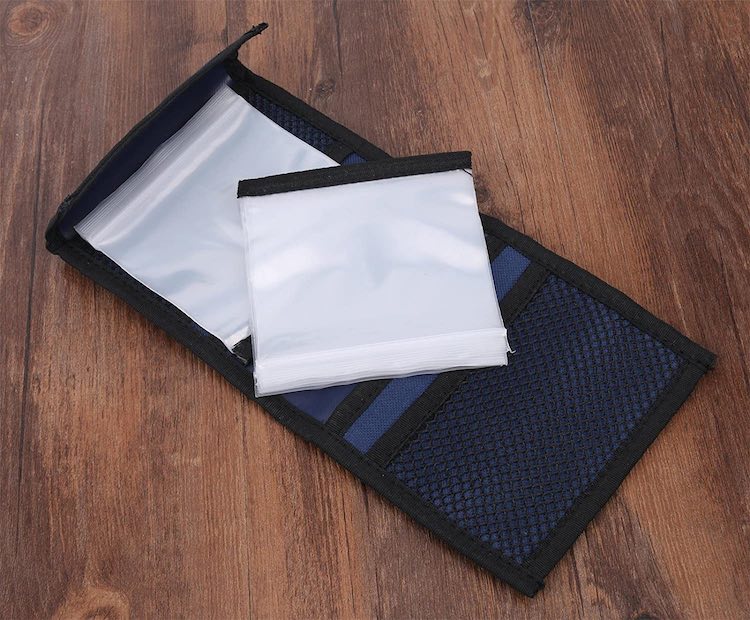
For the most part, a salt water fly fisher plying their skills around Vancouver Island is not too concerned about delicately presenting the fly to a spooky fish. There are no midge- sipping educated brown trout nor crab-sniffing bonefish tailing in thin water around here. So the role a leader/tippet plays here is more a rough-and-ready way to separate the fly from the thick fly line. Simplicity is the key, both in leader material and attachment technique.
Nylon, a registered product of DuPont Inc., has been relied upon for decades as the go-to material for all but invisible connections of fly to line. A more recent development in leader material that seems to have taken the fly fishing world by storm is fluorocarbon. The most highly touted difference is in the light refractive properties of one over the other. Apparently, fluorocarbon is less visible in freshwater than is nylon when compared side by side. Another recent entry into the line game is copolymer. It too boasts better invisibility with even greater abrasion resistance.
Monofilament
These are all examples of monofilament line. Whether or not this “invisibility” factor makes any real difference in fish fooling ability in salt water is debatable. Dissolved minerals and other detritus in the briny obscures quite a bit. As well, water depth quickly reduces the strength of any light effects. Confidence is probably more of a factor in capacity to catch fish, so if one has more confidence in using one material over the other, stick with that one.
Strength vs. Invisibility
As with any fly fishing endeavour, striking a balance between having a fine enough tippet to fool a fish into taking the fly and possessing enough strength to subdue that fish once it has been hooked can be a trade-off. Only experience can get you into the comfort zone on that one, and that may be heavily influenced by what the chosen quarry is at the time. Often the size of fly dictates the appropriate strength/ thickness of the leader/tippet material. Example: a size #12 baitfish pattern used for 2-lb sea-run cutthroat trout would be overpowered when attached to a 10- lb (0.28mm dia.) tippet. In keeping with size of fly and size of expected quarry a 6-lb or even 4-lb (0.16mm dia.) tippet would be superior.
In the opposite direction, trying to lever up a 12-lb lingcod from its rocky hideout forty feet down on a size 2/0 squid fly pattern takes strength and abrasion resistance—nothing delicate about that. After a certain depth, light penetration wanes and invisibility evens out between fluorocarbon, copolymer, and nylon. So, a thicker/stronger tippet— say a 20-lb (0.46mm dia.) mono—is called for and will not put off fish due to it being seen.

Rory Glennie with a lingcod from the deep
Knot Strength
Another key factor in material choice for leaders/tippets is knot strength; the ability to make a strong, non-slip attachment to another line or a fly. Tying the same old knot used with confidence on nylon will not always work as well with the new breed of monofilaments. Example: A double surgeon’s loop in nylon will hold well, but it takes a triple surgeon’s loop to hold as well with fluorocarbon. Several factors are at play here: surface slipperiness, material hardness, bend resistance, and springiness all come into it. Barring actual trial-and- error experiments, the only shortcut to knowing which knot to use with which material is to source factual information published by reputable authors either online or in hard copy. A great one is Fly Casting Systems Manual by Bill Nash.

Surgeon’s Loop
Also, knot-tying technique has a lot to do with a knot failing or holding strong. Tightening the knot to make it seat properly is a skill only mastered after long, dedicated practice.
Keep it Simple
In salt water fly fishing, simple solutions and procedures are often the key to a good day on the water. Almost all fly lines are now produced with an integral loop at the tip end. This facilitates the efficient loop-to-loop connection system. Using your preferred loop knot, say a surgeon’s loop (double or triple as the case may warrant), slide one loop over the other and pull the bitter end through the fly line loop to form a strong “handshake” connection. The same goes whether it be leader to line or leader to tippet. Two loops, formed at opposite ends of the leader, facilitate connection to both line and tippet. Having a selection of pre-tied tippets at hand while on the water makes for efficient leader building and yields more fishing time.
A leader wallet or small ziplock bags work well for holding coiled up pre-tied lengths of mono.
And there you go, simply daisy-chain varying strengths of mono together to form the length of leader/tippet required. Remember, having a couple of loop-to-loop connections will not appreciably affect line invisibility in salt water.
This article appeared in Island Fisherman Magazine. Never miss an issue, subscribe today!
Visit the Store
$34.99
$34.99
Featured Catch

Joel Unickow halibut (Photo: Rob Frawley Lucky Strike Sportfishing Tofino)








